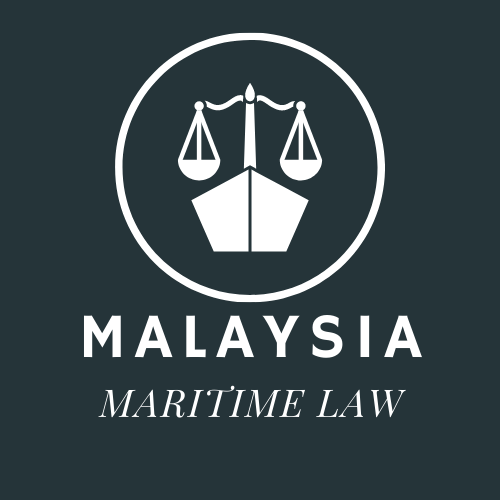Dispute settlement mechanism in the law of the sea 1. Background to the dispute settlement mechanism Traditionally, provisions for the settlement of disputes arising out of an international treaty are contained in a separate optional protocol, giving parties to the treaty the opportunity to choose to be bound by those provisions by accepting it, or...
Category: International Laws of The Sea
International Seabed Authority
International Seabed Authority 1. Institutional structure of the International Seabed Authority The Authority is comprised of three principal organs: a) an Assembly made up of all members of the Authority and entrusted with the powers to set general policy b) a Council with powers to make executive decisions, made up of 36 members elected from...
Legal Status of the Deep Seabed and Its Resources
Legal status of the deep seabed and its resources 1. Evolution of the legal regime concerning the deep seabed and its resources Although it was known towards the end of the nineteenth century that the deep seabed could potentially be very rich in resources, this area came to prominence within the law of the sea...
Principle of the Freedoms of the High Seas
Principle of the freedoms of the high seas 1. Evolution of the principle of the freedoms of the seas The desire to control the seas in order to control navigation and exploit maritime resources probably dates back to the days when the Egyptians first plied the Mediterranean in papyrus rafts. Over the centuries, countries possessing...
Rights and Duties of Coastal and Other States in the EEZ
Rights and duties of coastal and other states in the EEZ 1. Rights and duties of coastal states The 1982 Convention on the Law of the Sea recognises the right of coastal states to jurisdiction over the natural resources, both living and non-living, of the area extending 200 miles out from the baselines. Coastal states...
Concept of the EEZ
Concept of the EEZ 1. Evolution of the concept of the EEZ In the late 1940s and early 1950s, a desire to protect the rich waters of the Humboldt Current from foreign fishers led Peru, Chile and Ecuador to claim sovereignty 200 miles offshore. When other Latin American states began to support their claim, various...
Rights of Coastal States and Other States in the Continental Shelf
Rights of coastal states and other states in the continental shelf 1. Rights of coastal states Coastal states have exclusive sovereign rights over the resources of the continental shelf for the purpose of exploring it and exploiting its natural resources, but they do not have full sovereignty over the shelf. Other states enjoy certain rights...
Definition and Method of Drawing the Limits of the Continental Shelf
Definition and method of drawing the limits of the continental shelf 1. Evolution of the continental shelf as a legal concept The Truman Proclamation of 1945 became a catalyst for a variety of titles or claims by various states to the seabed and subsoil adjacent to their territorial seas. However, these states did not use...
Contiguous Zone
Contiguous zone 1. Development of the concept of a contiguous zone When states began to make extensive claims for a territorial sea for a variety of purposes, including the safety and security of their land territory, the idea of a contiguous zone was conceived. It was conceived as a buffer between the high seas, where...
Right of Innocent and Transit Passage
Right of innocent and transit passage 1. Nature and meaning of innocent passage The 1982 Convention defines the meaning of passage itself prior to defining the meaning of innocent passage. Article 18 reads as follows: Article 18 Meaning of passage 1. Passage means navigation through the territorial sea for the purpose of: a. traversing that...

